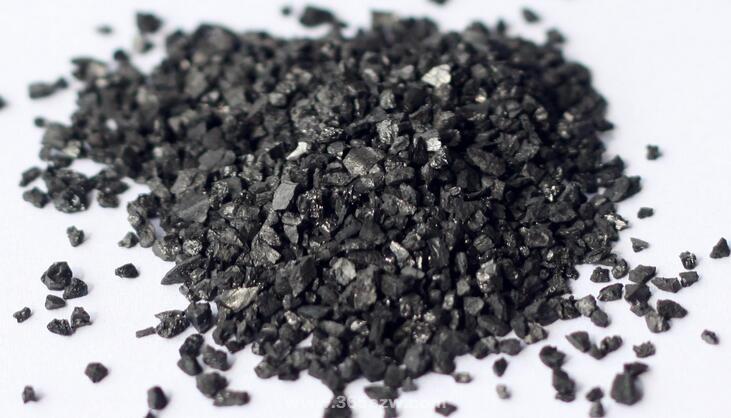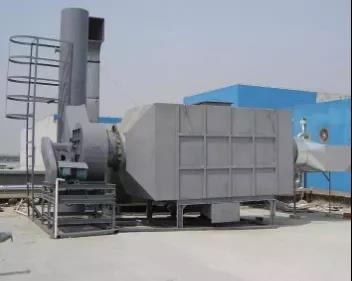T=m×s÷(c×10-6×Q×t)
where:
T—replacement cycle, days;
m—the amount of activated carbon, kg;
s—dynamic adsorption capacity, %; (generally 10%)
c—the concentration of VOCs reduced by activated carbon, mg/m3;
Q—air volume, unit m3/h;
t—running time, in h/d.
\Calculation example: In the following table, the last four groups respectively change the amount of activated carbon, the concentration of VOCs reduced by activated carbon, the air volume, and the running time of the first group of data to obtain different replacement cycles.
Calculation case of activated carbon replacement cycle under different conditions
| No. |
Activated carbon dosage(kg) |
Dynamic adsorption capacity(%) |
Activated carbon reduces vocs concentration(mg/m³) |
Air volume |
operation hours(h/d) |
time change cycle(天) |
| 1 |
650 |
10% |
120 |
250 |
24 |
90 |
| 2 |
850 |
10% |
120 |
250 |
24 |
118 |
| 3 |
650 |
10% |
90 |
250 |
24 |
120 |
| 4 |
650 |
10% |
120 |
350 |
24 |
64 |
| 5 |
650 |
10% |
120 |
250 |
12 |
181 |
1. Environmental management ledger requirements for units involved in activated carbon adsorption of pollutants
According to the requirements in the "Regulations on the Administration of Pollution Discharge Permits", "Notice on Printing and Distributing the "Comprehensive Treatment Plan for Volatile Organic Compounds in Key Industries" (Huanqiqi [2019] No. 53) and the "Practical Manual for the Treatment of Volatile Organic Compounds", pollutant discharge units should establish Environmental management ledger record system, detailed records of adsorbent types and filling conditions, replacement time and amount of one-time adsorbents, regeneration cycle and replacement of regenerative adsorbents, storage and disposal of waste adsorbents, and properly preserved . Environmental management ledger records shall be kept for a period of not less than 5 years.
2. Execution report filing requirements for units involved in activated carbon adsorption of pollutants
When filling in the annual report of the implementation report, the pollutant discharge unit should fill in the information module of the operation of pollution prevention and control facilities - the normal operation of pollution control facilities, and the information about the activated carbon adsorption treatment facilities in the "normal operation of waste gas pollution control facilities". Information on operating costs, removal efficiency and waste activated carbon production.




